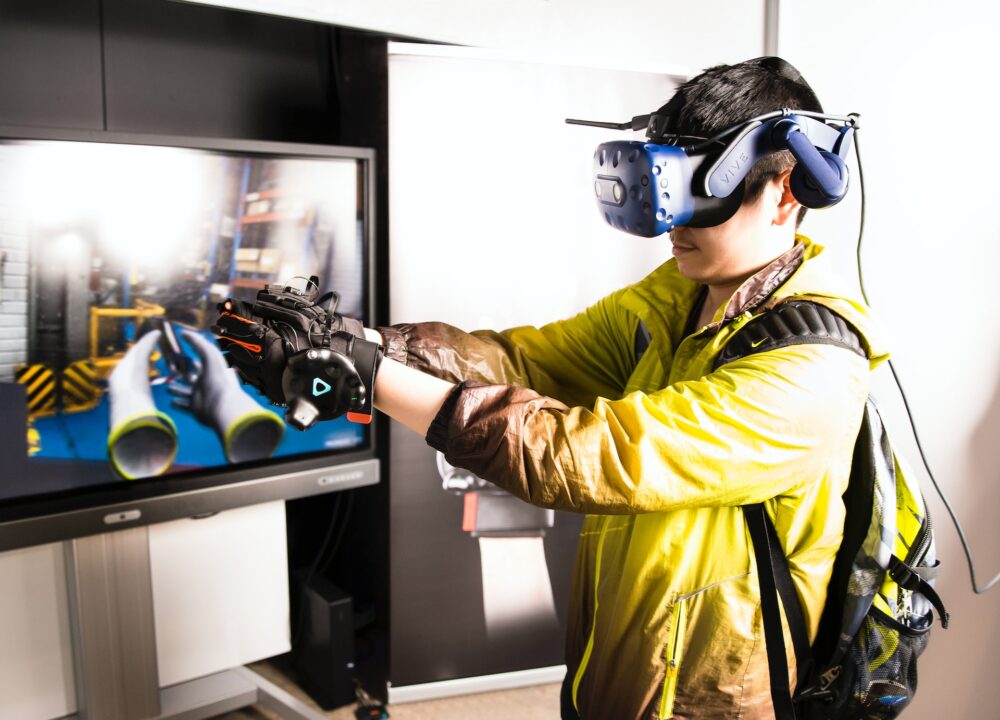In the early days of video gaming, the experience was very different to what it is today. Instead of loading up a title on your own device at home, you’d have to travel to an arcade and shove coins into a slot to unlock a few minutes of playing time. This experience had many drawbacks, most notably that you had to physically go to a specific venue to enjoy your favorite titles, all the while taking a big bag of coins with you.
However, while having your pockets full of change meant you’d jingle while you walked and you’d need to invest in a belt with solid structural integrity to prevent gravity from depriving you of your dignity, gaming in arcades was a very social experience. Whether you went with your friends or you made some new pals while you were there, communities formed around these gaming hubs with like-minded people coming together to share their passion.
So, on the one hand, the birth of the console and home computing era ushered in an exciting new opportunity to play from the comfort of your own home but, on the other hand, it also took away the social interaction.
Of course, you could gather your buddies and crowd around your TV to either take it in turns with the controller or connect a few to the console and compete in split-screen mode. But this still meant all but one of you had to travel, and it didn’t provide a central spot where anyone and everyone with the same views could meet.
But new technologies are beginning to turn the tide, creating a more social experience for gamers again. There are actually several different approaches to doing this, each creating new and exciting ways for gamers to share their passion while they compete against friends and make new ones.

Source: unsplash.com
Public Multiplayer Modes
As we’ve already touched on, multiplayer gaming isn’t new. In fact, even before players would pile in to partake in a PlayStation party, two or more of them could compete together in certain arcade titles. However, the options for players who want to take part in these shared events have expanded greatly in recent years.
Thanks to the internet, it’s now possible to compete against other players in another room, building, city, country or continent. For PC players, internet-connected gameplay was possible from the late 1990s, but it didn’t appear on consoles in any meaningful way until the seventh generation machines like the Xbox 360 and the PlayStation 3.
The experience is not just about the gameplay itself as, to be fair, multiplayer modes are often not too much different to just competing against the built-in AI that games use for single-player functionality. It’s also about the communication and social aspects.
Since Microsoft and Sony ushered in the new era of multiplayer modes, games and peripherals (check out the latest PS5 DualSense Edge pro controller specs reviewed by the Mega Modz experts) players have been able to use headsets to communicate with their rivals and friends. This has definitely helped towards recreating that space that was once available in the old arcades. Online multiplayer games are somewhere you can digitally spend time with your friends, and also an environment where you can bond with new buddies who share the same interests as you.

Source: unsplash.com
Private Games
Open multiplayer lobbies are great for most situations, but they don’t offer the same level of intimacy for when you just want to chill with your friends and play a few games. That’s where private or “home” games come in. These are digital spaces that are exclusive, restricting access to only the people that you want to permit.
You can find these private games in many titles and genres, but they are becoming popular among card players, allowing you to recreate the vibe of a poker night that you might have with your pals as you all sit around a table.
While it is possible to create a private game by combining an online game with separate video conferencing software, leading online card rooms like PokerStars have developed dedicated home game applications that combine everything under one roof. In addition to the standard features of the platform, like a section of poker variants, stunning graphics, and audited random number generators, players get to create their own private poker club, configure the rules, and manage who can attend.
It’s not just online poker that offers this experience. Many video games also include this private game functionality, including Fortnite and Minecraft, though some titles make this easier than others.
If public multiplayer games are the digital equivalent of arcades, these private or home games are the online version of gathering around one screen to use split screen mode.

Source: unsplash.com
Virtual Reality
A more recent development is virtual reality. This relatively new way to play games has been touted by many as offering the most social gaming experience yet.
There’s good reason to believe them too. Meta, the company formerly known as Facebook, has created several chat and interaction applications for its Oculus headsets. The most detailed of these is Horizon Worlds, which allows people to meet each other in avatar form through their virtual reality headsets. In addition to chatting, users in Horizon Worlds can play and create different games together in a similar way to Roblox and Rec Room.
Other VR titles also include social features. For example, Echo VR is a team sports game that operates in a virtual reality environment. In it, players work together to throw a digital disc into the goal of the opposing team, using various sci-fi tricks to attack and defend against their opponents. While the primary focus of the application is the arena-based digital frisbee game, Echo VR also includes a lobby area to socialize and the same voice chat features found in traditional console games like Call of Duty.
With that in mind, virtual reality promises to help usher in an entirely new era for social gaming. It is as of yet by no means perfect, and the technology still needs to develop a long way. But given that companies like Meta, Sony, and Microsoft are investing billions into creating better VR, it is only a matter of time before more players are socializing in this digital space.




